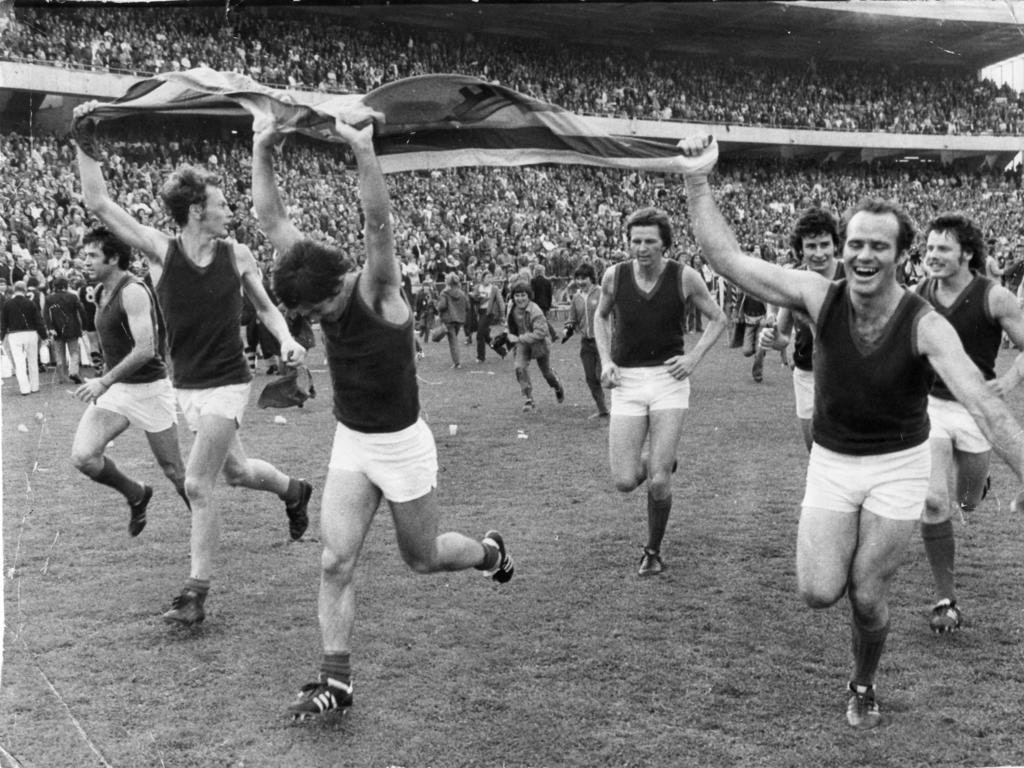
It’s Time
By ROBERT LAIDLAW
Times were changing in 1975 and the SANFL was in the thick of it. You could watch your favourite team on colour TV for the first time and one of the replays showed Glenelg kicking 49 goals in a game. Football Park, in its second season as SANFL headquarters, was starting to look like a complete stadium, albeit with one stand, and footy was a wonderful spectacle – even standing in the cold, windswept outer on the concrete terracing.
In 1973 a 50m diamond had been incorporated onto ovals to prevent congestion in the midfield – it was changed to a square in ’75 – and scores were booming. Full forwards were kicking bags of goals and Fred Phillis booted an incredible 18.6 as Glenelg amassed 49.23 (317) in one afternoon against Central District at the Bay.
Crowds were booming – the average crowd for the season was 9172 and there was 53,283 at the grand final – as defending premier Sturt, 1973 champion Glenelg, Port Adelaide and Norwood fought for flag favouritism. But there clearly was a feeling of “It’s time” at one of SANFL’s most famous clubs.
The Redlegs, with Bob Hammond in his second season as coach, were desperate to end a club-record premiership drought that extended way back to 1950. They showed they meant business by going on a huge winning run to snare the minor premiership with a 16-2 record, although there was still work to do because they finished just one game ahead of Glenelg and Sturt, which both had superior percentages.
The Tigers, on a roll that had included their 238-point smashing of Central, swept Sturt aside in the qualifying final, then beat Norwood by 29 points in the second semi-final.
The Legs earned another shot at Glenelg in the grand final by beating Port 11.19 to 8.7 in the preliminary final. “Although Glenelg went in as favourites, we were bemused, as we had won 16 in a row, including at Glenelg,” mercurial Norwood forward Roger Woodcock recalled.
“We were confident we had the side to win, with great rucks, including Neil Button, John Wynne and Neil Craig.”
Norwood forward Roger Woodcock“We were confident we had the side to win, with great rucks, including Neil Button, John Wynne and Neil Craig.”
Inspirational captain Wynne won the toss and the Redlegs had first use of the breeze to the southern end but weren’t making the most of it, nervously missing their first five shots. Then, 18 minutes in, Mike Poulter’s long bomb bounced through, followed by Greg Turbill’s six-pointer. Daryl Rady answered for Glenelg but Jim Michalanney’s late goal handed the Legs a 14-point quarter-time lead. The game became an arm-wrestle before the Tigers kicked three goals in four minutes to lead by four points at half-time.
There was little separating the sides, Michalanney’s set shot from a tight angle early in the third term putting Norwood in front and Woodcock adding one a few minutes later only for Glenelg to steady through Peter Carey, trailing by just two points at the final break.
Phil Gallagher’s running shot split the middle to give the Redlegs some breathing space early in the final quarter but Carey snared a strong mark and converted to keep Glenelg in it. From the next centre bounce the Tigers charged forward and Adrian Rebbeck kicked a go-ahead goal but it was disallowed because of an infringement.
At the other end Ross Dillon received a free and kicked truly, followed by his clever handball to Mike Olsen, whose shot was awarded a goal even though it appeared to have been bundled over the line. It was a day when things just hadn’t gone right for the Bays, beaten 9.10 to 7.10 with champion goalsneak Phillis affected by the blustery wind in kicking 0.6.
“It was tight throughout and we were both well coached – Bob Hammond was a winner, as was Kerls (Glenelg coach Neil Kerley) – so it was always going down to the wire,” said key Redlegs forward Dillon.
“Watching last year’s grand final when the Tigers beat Norwood and Liam McBean booted seven goals made me think of ’75 and how lucky we were Fred didn’t do the same thing. The wind was tricky and affected all of us but obviously especially Fred, which I am thankful for – he was such a great goalkicker normally.”
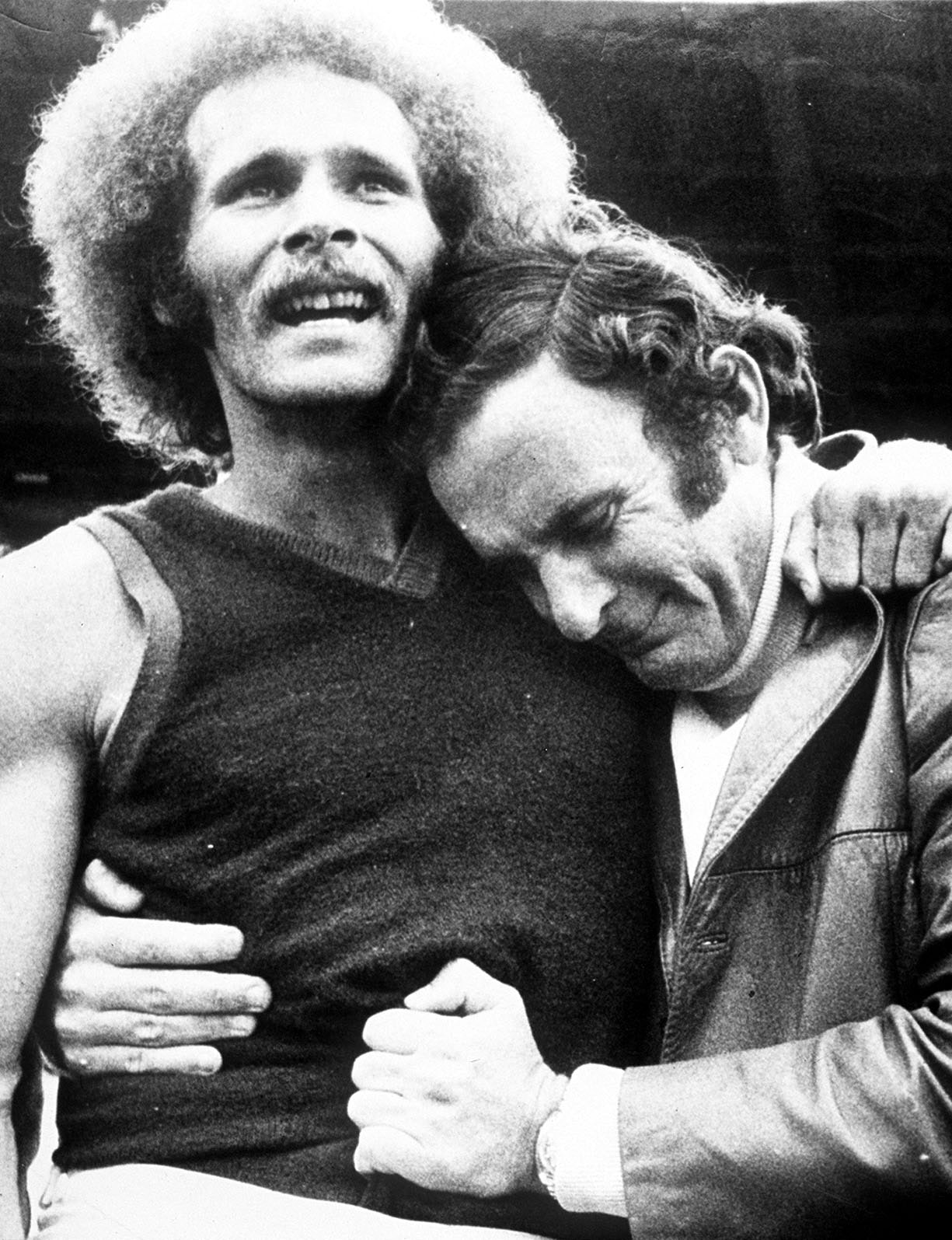
Barry O’Brien’s stunning photo captures the emotion and passion of sport as Norwood’s Mike Poulter hugs coach Bob Hammond seconds after the Redlegs had won the 1975 grand final.
Fred’s brother Wayne had done a good job quelling Dillon for three quarters but after he was shifted into ruck it freed Dillon and he sparked Norwood with a goal and a couple of assists. Originally from Melbourne, where he played 85 VFL games and kicked 133 goals with the Demons, Dillon joined Norwood in 1973 and was at his best in the ’75 premiership year when he won the club’s best and fairest, led their goalkicking and represented SA.
“We had a good mix of experience and youth,” Dillon said.
“John Wynne, our leader, was fantastic, as was Neil Button in ruck, and guys like Stephen Kerley, Rodney Pope and Greg Rix were terrific down back, while we had rookies in Jim Michalanney and Jim Thiel.
Glenelg also had plenty of great players. Rex Voigt was terrific that day (he was rated best-afield by many judges for his game in the back pocket), while Peter Carey at centre half-forward was good.”
But, unlike many of the spectacular games that season, this was a dour, pressure-packed decider. “Both defences were on top all day,” said Woodcock, who booted 602 goals in 267 games from 1969-81 and has the northern end of Norwood Oval named in his honour.
“Our backline set up our win, with the likes of Pope, Kerley and Michael Taylor, although with guys like Wayne Phillis, Voigt and Brian Colbey, they were tough back there too. And Jim Thiel was playing just his fourth or fifth league game for us and did well at full back.
“Bob Hammond was an unrelenting, tough player – which is how he coached. Former coach Bob Oatey worked hard on our skills, while Hammond brought the toughness. My everlasting memory was seeing Norwood people being so happy afterwards, which included my parents. The last Norwood flag my father saw was in 1950, when I was just a month old.”
Button, Rod Seekamp and Glen Rosser had been outstanding for the Legs but all 20 players and coach Hammond received heroes’ welcomes on their return to the club. “Back at Norwood Oval with all the supporters, I remember people were pushing $10 and $20 notes into our pockets, to demonstrate their appreciation,” Dillon said. “Premierships… the memories last a lifetime, as do the friendships.”

Norwood captain John Wynne shakes hands with Glenelg skipper Peter Marker at the coin toss before battle commences in front of a packed Football Park coliseum.
But the loss was a hard one to swallow for Glenelg greats like Colbey, who endured more than their fair share of grand final heartache. He was outstanding in the Tigers’ 1973 premiership win but also was consistently among their best in grand final losses in 1969-70 and 1974-75.
“It was great to play in Glenelg’s ’73 premiership team but I see the other four grand finals as opportunities lost,” said Colbey, a rebounding All-Australian half-back who played 210 games from 1966-76.
“As for 1975, you tend to forget more about the ones you lose but I remember there was a tricky wind, as you tended to get at Football Park. And poor Fred. He was such a great full forward and really had one of those days. It just wasn’t like him. I feel so sorry for him, especially as his goalkicking in that game is what many people remember, which isn’t fair.”
It also wasn’t fair the way Colbey’s career came to a shattering end. “The following season on Anzac Day I injured my Achilles tendon. It went ‘bang’, like a gun going off. I did try to come back but ruptured it again and knew it was time to retire.”

Norwood’s Greg Turbill on the burst, while All-Australian Glenelg half-back Brian Colbey puts the pressure on, as always.
Related News
-
 Club News
Club NewsNorwood FC AGM 2026
-
 Club News
Club NewsCharli Hazelhurst Drafted by Fremantle
-
 Club News
Club NewsOffice Christmas Closure
-
 Club News
Club NewsHappy Birthday, Phil Robins
-
 Club News
Club News2026 SANFLW Fixture release
-
 Club News
Club News18 Redlegs named in 2026 SA Junior Girls Academies
-
 Club News
Club News2025 Norwood FC Major Lottery Winners
-
 Club News
Club NewsBilly Cootee Drafted by Sydney

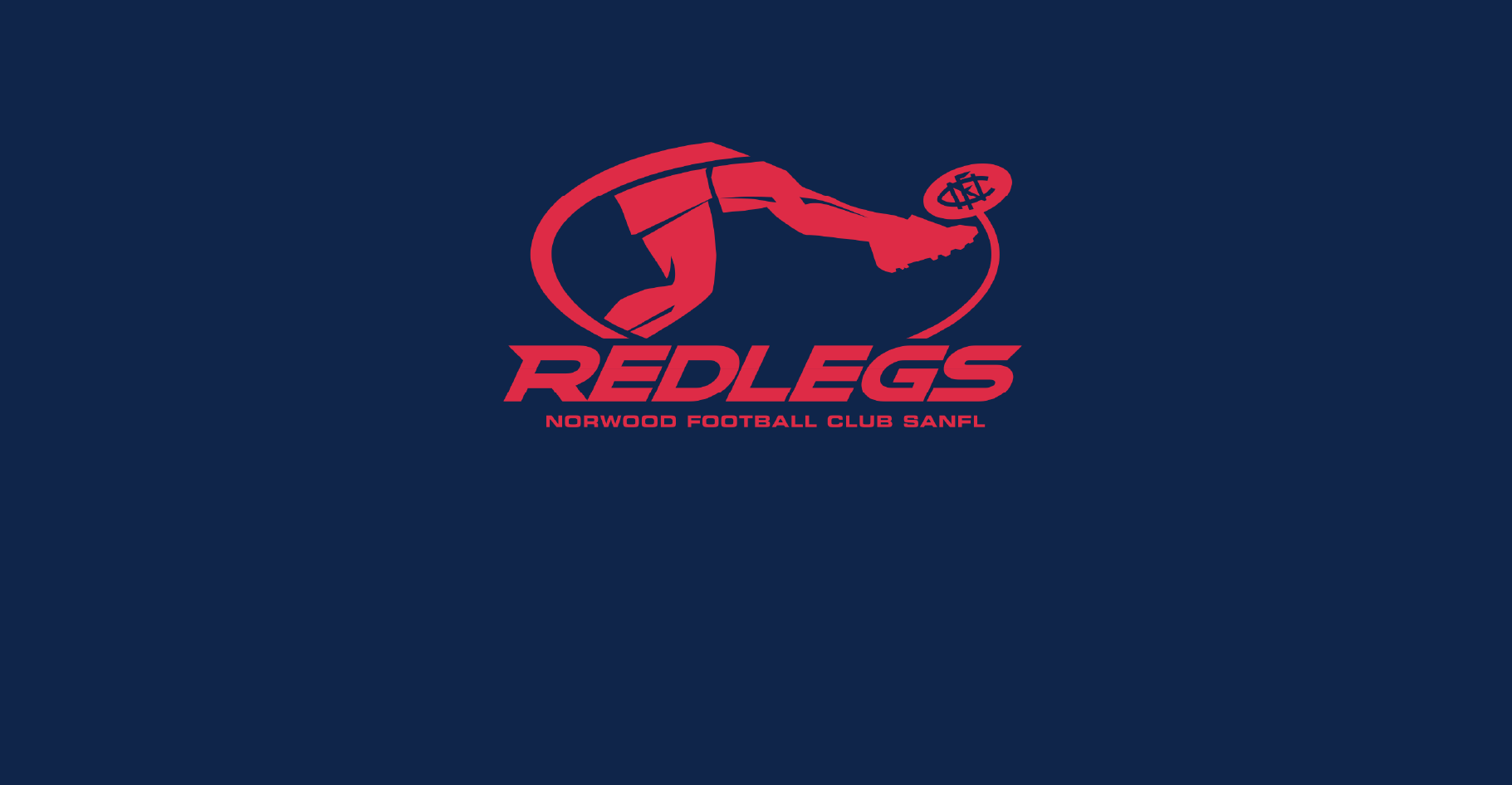








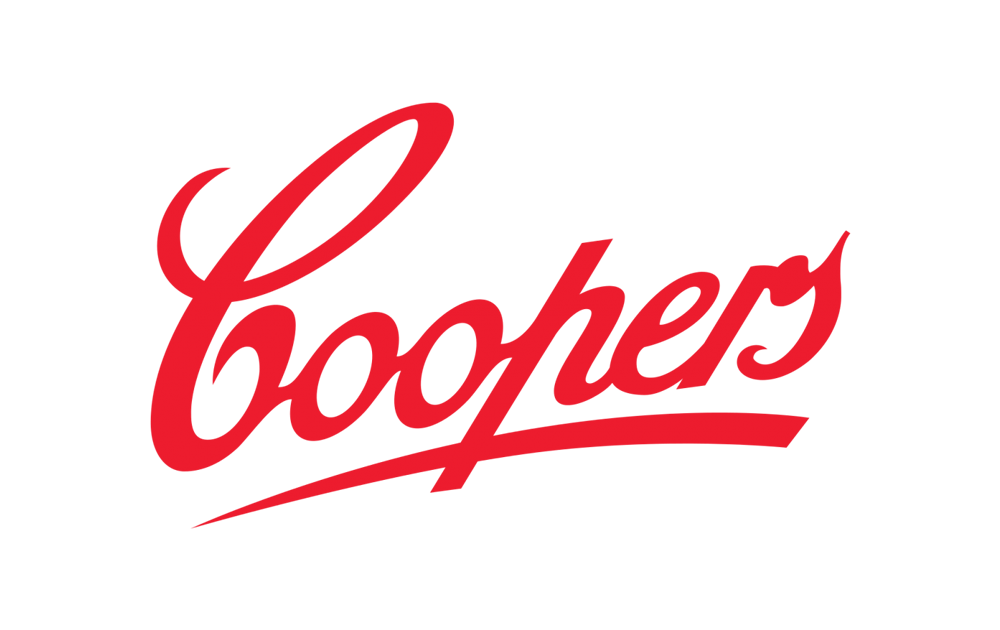






















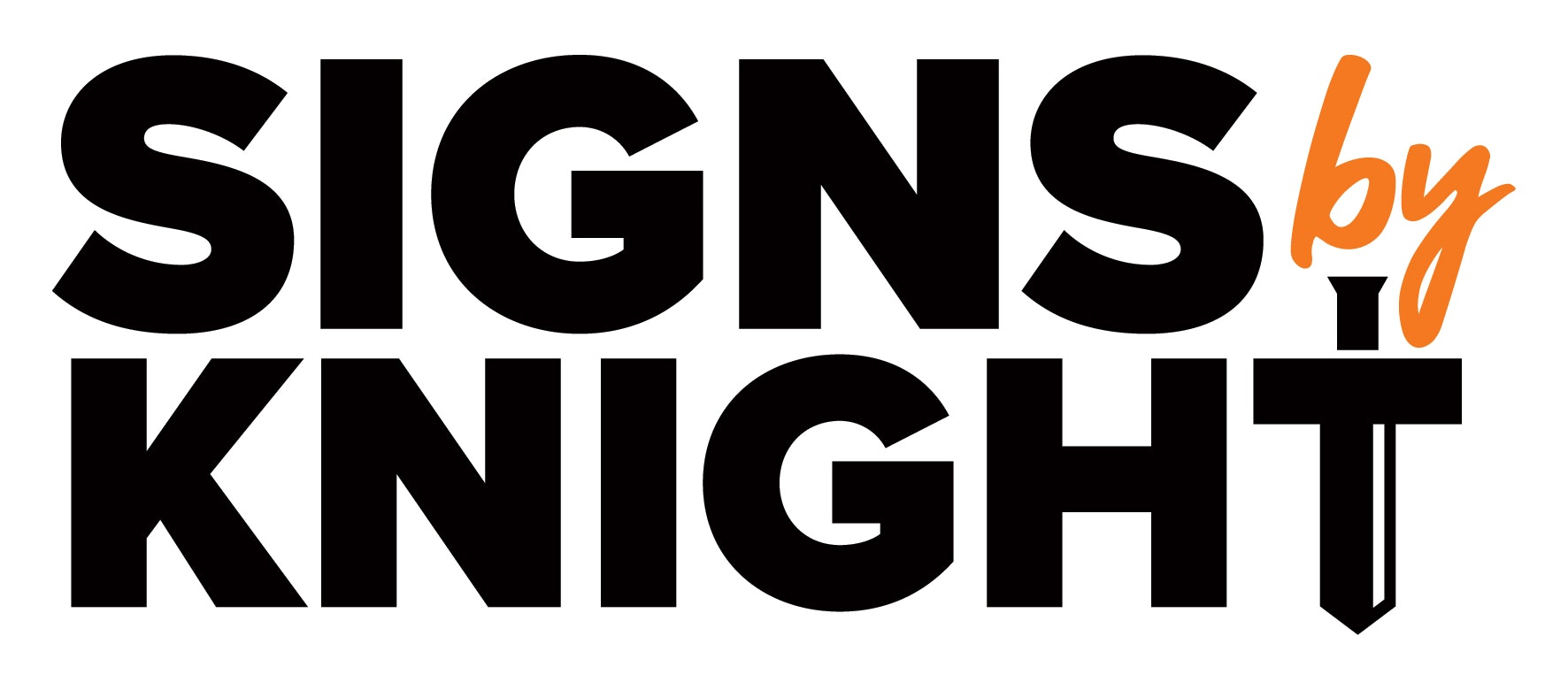


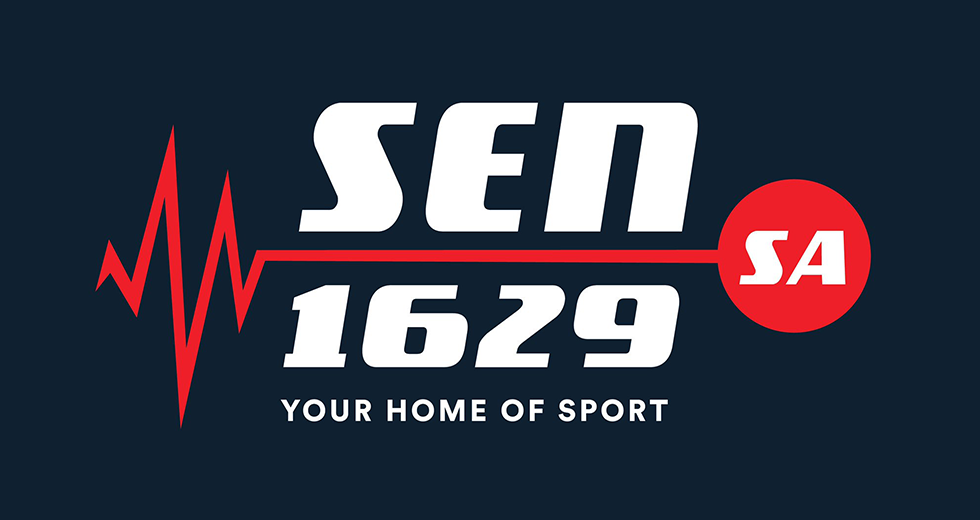
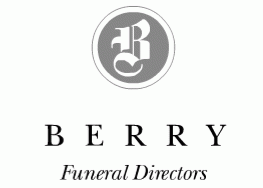





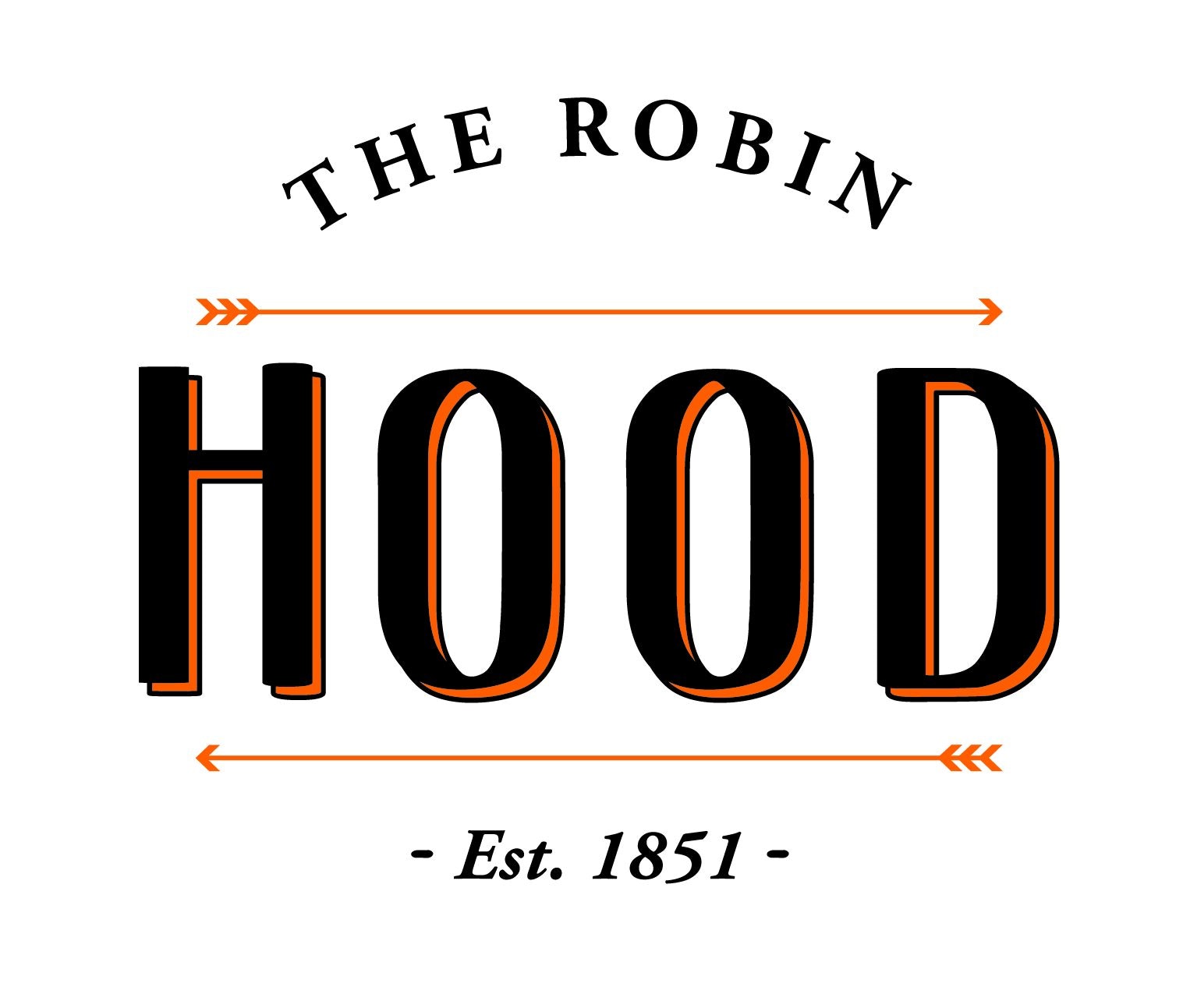













![[cu]health](https://sanfl-content.imgix.net/content/uploads/sites/2/2023/06/27123147/11898_cuhealth_Logo_F-GREEN.jpg?fit=clip&cs=strip&crop=faces&auto=format)















